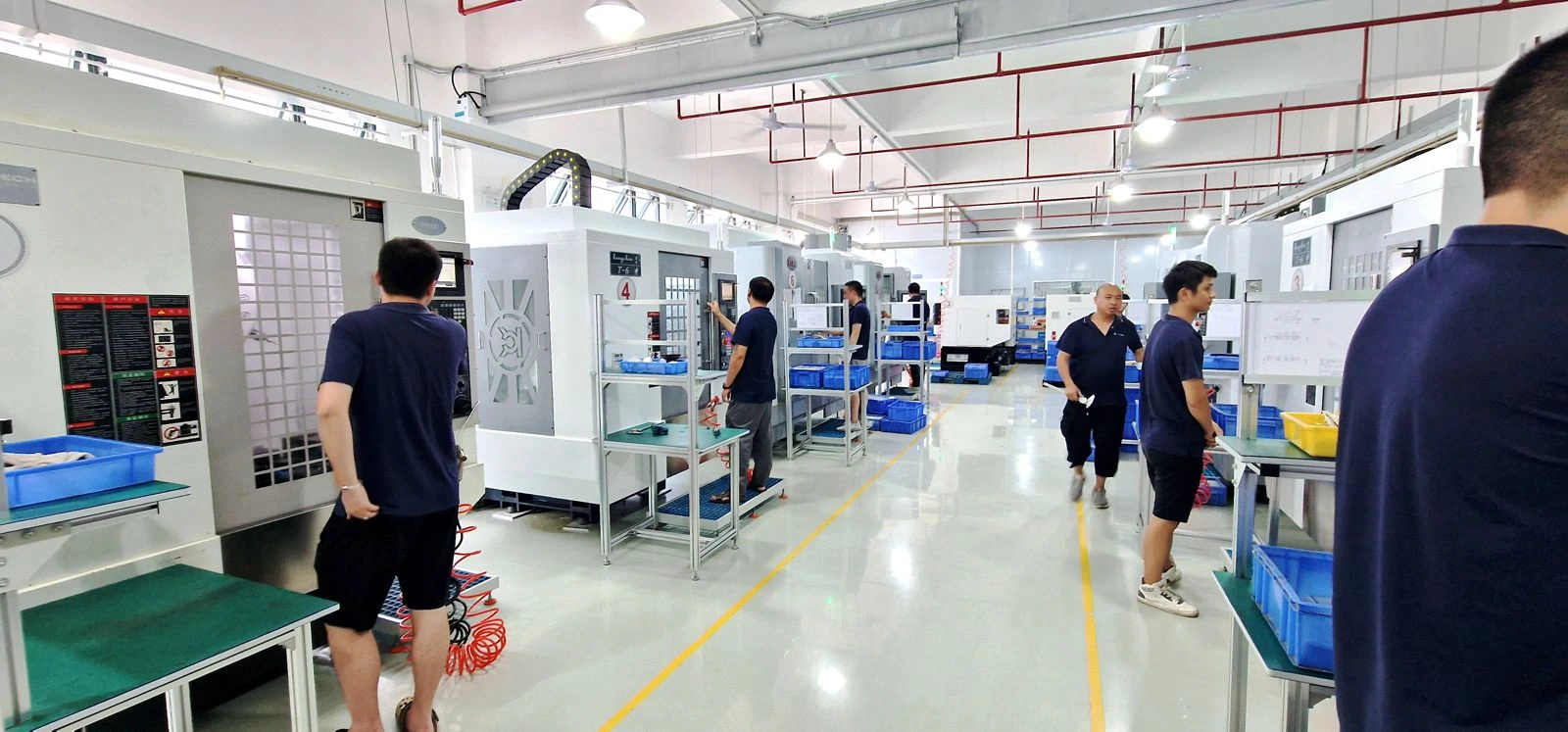Introduction: CNC (Computer Numerical Control) machining has become an integral part of modern manufacturing processes, offering precision and efficiency in producing complex parts across various industries. One of the critical considerations for businesses engaging in CNC machining is the cost involved. How much does CNC machining cost? Understanding the cost dynamics in different regions, notably China, Europe, and the USA, is crucial for making informed decisions. This article delves into the factors influencing CNC machining costs and provides a comparative analysis of costs among these regions.
How much does CNC Machining Cost?
Generally, the hourly rate for a 3-axis CNC milling machine falls within the range of $10 to $20. CNC turning, on the other hand, tends to be less expensive, averaging around $15 per hour. This variance can be attributed to the relatively lower upfront cost of CNC turning machines and the simpler operation involved. Conversely, the hourly rates for 4-axis or 5-axis CNC machining typically range from $25 to $30 due to the increased complexity and precision required.

Factors Influencing CNC Machining Costs:
Before delving into regional cost comparisons, it’s essential to understand the factors influencing CNC machining costs:
- Material Costs: The choice of material significantly impacts machining costs. Different materials come with varying prices, with some being more readily available in certain regions.
- Labor Costs: Labor costs play a pivotal role, as CNC machining involves skilled labor for programming, setup, and operation. Labor rates differ significantly across regions due to varying economic factors and labor market conditions.
- Overhead Costs: Overhead costs encompass expenses such as facility maintenance, utilities, equipment depreciation, and administrative expenses. These costs vary based on location and the scale of the machining facility.
- Machine Utilization: Efficient utilization of CNC machines affects overall costs. Higher machine utilization rates can spread fixed costs across more parts, reducing the per-part machining cost.
- Complexity of Parts: The complexity of parts, including their design, geometry, and required tolerances, influences machining time and difficulty. More complex parts generally entail higher machining costs.
- Volume of Production: Economies of scale come into play, where larger production volumes often result in lower per-part costs due to efficiencies in setup and machining processes.
- Fixtures and Clamps: Sometimes we need to use specific fixtures and clamps to hold a workpiece. These tools also have a cost.
Cost Comparison for CNC Machining: China vs. Europe vs. USA
-
China:
China has emerged as a global manufacturing hub, offering competitive pricing for CNC machining services. Key factors influencing CNC machining costs in China include:
- Labor Costs: China is known for its relatively low labor costs compared to Europe and the USA. Skilled CNC machinists are available at lower hourly rates, contributing to cost savings.
- Material Costs: China often provides competitive pricing for raw materials due to its robust manufacturing infrastructure and access to resources.
- Overhead Costs: Overhead costs in China can be lower compared to developed nations, contributing to overall cost advantages.
- Quality Control: While Chinese machining services may offer cost savings, concerns about quality control and intellectual property protection persist, which could impact long-term costs through potential rework or legal issues.
-
Europe:
Europe is renowned for its high-quality manufacturing standards and technological expertise. However, CNC machining costs in Europe tend to be higher due to several factors:
- Labor Costs: European countries generally have higher labor costs compared to China and, in some cases, the USA. Skilled labor is more expensive, contributing to higher machining costs.
- Material Costs: Raw material prices in Europe may be higher due to factors such as import tariffs, environmental regulations, and higher production standards.
- Overhead Costs: European machining facilities incur higher overhead costs, including expenses related to regulatory compliance, environmental sustainability, and labor benefits.
- Quality Assurance: European machining services often prioritize quality assurance and compliance with stringent regulations, which may lead to higher upfront costs but potentially lower long-term costs through reduced rework and product defects.
-
USA:
The USA is home to advanced manufacturing capabilities and a skilled workforce. However, CNC machining costs in the USA tend to be higher compared to China but may be comparable to or slightly lower than Europe. Key factors influencing CNC machining costs in the USA include:
- Labor Costs: Labor costs in the USA are generally higher than in China but may be comparable to or slightly lower than in Europe, depending on the specific location.
- Material Costs: Raw material prices in the USA can vary but are generally competitive due to factors such as domestic production and availability.
- Overhead Costs: Overhead costs in the USA, including facility expenses, regulatory compliance, and administrative costs, contribute to the overall cost of CNC machining.
- Quality Standards: Similar to Europe, machining services in the USA adhere to high-quality standards and regulatory requirements, which may result in higher upfront costs but lower long-term costs through enhanced product reliability and customer satisfaction.
Conclusion:
In conclusion, the cost of CNC machining is influenced by various factors, including labor costs, material costs, overhead expenses, part complexity, production volume, and quality standards. When comparing the CNC milling and turning costs across different regions, such as China, Europe, and the USA, businesses must consider these factors comprehensively to make informed decisions. While China may offer cost advantages in terms of labor and material costs, concerns about quality control and intellectual property protection remain. Europe and the USA, despite higher labor and overhead costs, are known for their high-quality standards and technological expertise, which may justify the higher upfront investment. Ultimately, businesses should prioritize their specific requirements, including quality, lead times, and long-term considerations, when selecting a CNC machining service provider.